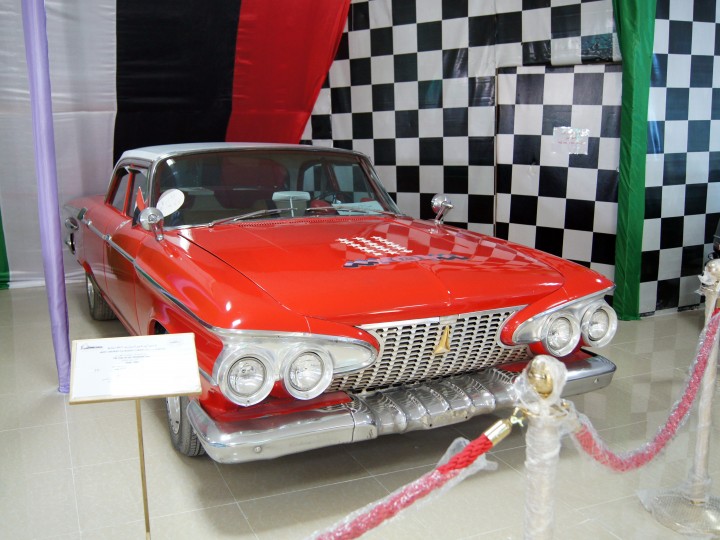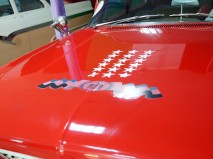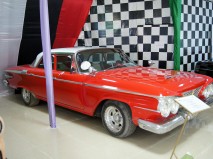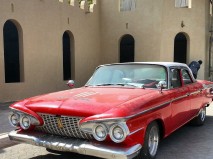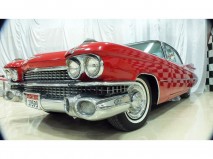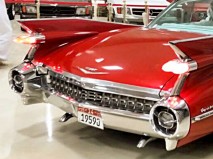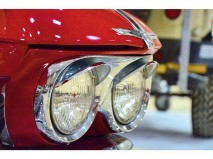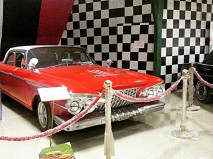1961 Plymouth Fury
Transmission - 4-speed Auto
The Plymouth Fury is model of automobile which was produced by the Plymouth division of the Chrysler Corporation from 1956 to 1978. The Fury was introduced as a premium-priced model designed to showcase the line, with the intent to draw consumers into showrooms.
The word "fury" denotes a type of anger, inspired by the Furies, mythological creatures in Ancient Greek and Ancient Roman mythology.
The Fury was a sub-series of the Plymouth Belvedere from 1956 through 1958. It was sold only as an off-white 2-door hardtop coupé with gold anodized aluminum trim in 1956, 1957, and 1958. The Fury had a special interior, bumper wing-guards and a V8 engine with twin 4-barrel carburetors. The 1957 and 1958, the 318 cu in (5.21 L) engine produced 290 hp (220 kW). In 1958, the optional engine was a 350 cu in (5.7 L) called Golden Commando with 2 × 4-bbl producing 305 hp (227 kW). A rare 315-hp option with fuel injection was available but the electronic Bendix fuel-injection system was recalled by the factory (owners were given a conventional dual four-barrel setup). The Golden Commando engine was optional on any Plymouth Plaza, Savoy, Belvedere, Suburban and Fury as was the dual four-barrel 318 (dubbed V-800 Dual Fury; four- and two-barrel 318s also arrived for 1958 and were simply called V-800). In 1959, the 350 was dropped and a bored-out, 361 cu in (5.92 L) version of the Golden Commando was available in different setups starting with a single 2-barrel carburetor. The dual four-barrel version of the 318 also was dropped that year, though the four-barrel intake remained available on this engine through the 1962 model year.
1960 was the first year for unit-body construction, the first year for Chrysler's ram induction system which increased low-RPM torque, and the first year for Chrysler's new Slant-Six engine. The original 318 and 383 were available, along with a 361. The 225 slant-6 produced 145 hp (108 kW) at 4000 rpm. The 383 produced 330 hp (250 kW).[1]
The Fury remained Plymouth's sales volume model through the early 1960s. The tailfins were completely removed for 1961, leaving the car with unpopular styling.[3] Then Chrysler's president overheard and misunderstood Chevrolet chief Ed Cole saying Chevrolet would not have true full-size cars for 1962.


